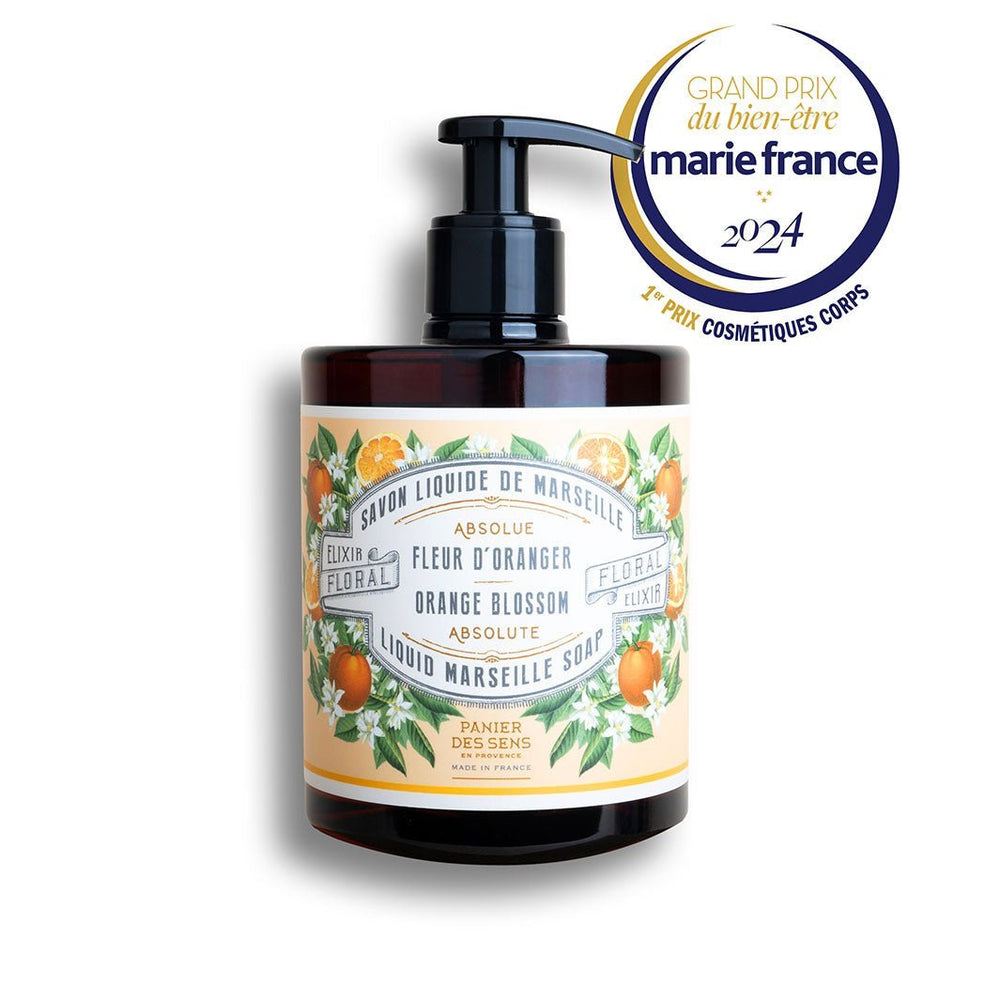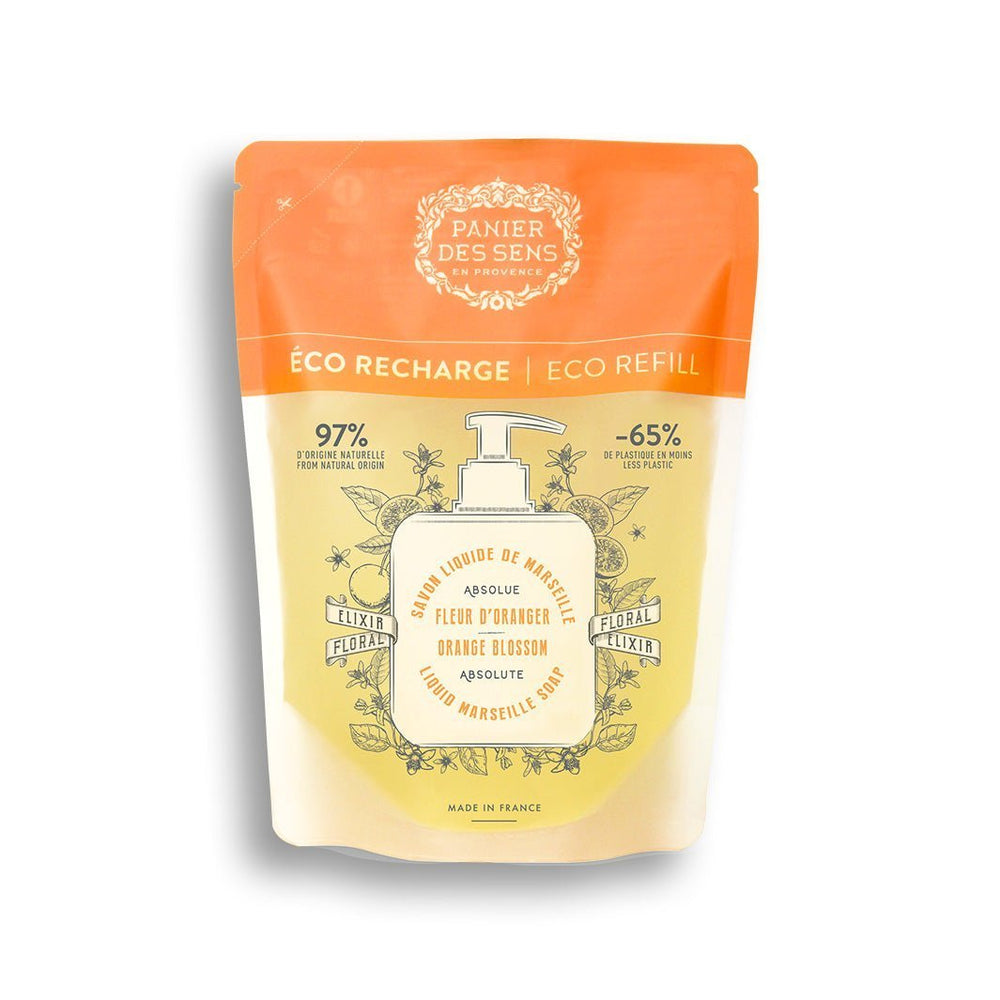The price of eaux de toilette vary according to their fragrance concentration?
Dive into the world of eaux de toilette offers a captivating olfactory adventure, where each fragrant note tells a story. The price of eaux de toilette is often questioned: does it really vary according to their fragrance concentration?
To find out, we'll first explore the different concentrations available - fromeau de toilette to eau de parfum to pure perfume. We'll then look at the olfactory differences that characterize each fragrance concentration, before analyzing how these nuances influence price.
On this page, we continue our journey with a comparative analysis to understand the impact of concentration on the cost of eau de toilette. eaux de toilette. We'll also see what other factors come into play in determining price. Finally, we'll look at real-life case studies, analyzing popular brands and market trends. Are you ready to discover the secrets behind the labels of your favorite fragrances?

Types of fragrance concentration in eaux de toilette
Fragrance concentration: eau de toilette, eau de parfum, perfume
The world of fragrances is rich and complex, offering a multitude of options for expressing your personality through subtle aromas. Fragrance concentration determines not only the intensity but also the duration of the scent on your skin. Have you ever wondered why some fragrances evaporate quickly while others linger all day? It's all a question of concentration.
eau de toilette, for example, contains between 5% and 15% essential oils. This moderate concentration ensures a light, refreshing fragrance, ideal for everyday use or for those who prefer a discreet yet elegant presence.
Eau de parfum contains between 15% and 20% essential oils. More intense thaneau de toilette, it lasts longer and is ideal for special occasions when you want to leave a lasting olfactory impression.
Finally, perfume, or perfume extract, is the most concentrated, with 20% to 30% (or even more) essential oils. A single drop is enough to envelop your skin in a bewitching veil that lasts for several hours or even all day. This type of fragrance is often reserved for those special moments when every detail counts.
Olfactory differences between fragrance concentrations
The differences between these concentrations are not limited to their intensity and longevity. Each type also has a unique olfactory signature that evolves over time. For example, an eau de toilette will place greater emphasis on the top notes - those fleeting but captivating first impressions - before the middle notes subtly take over.
In contrast, an eau de parfum will accentuate the middle and lower notes, offering a richer, more complex development over time. Pure perfume, on the other hand, will reveal all its facets with depth and sophistication from the moment it is applied to the last lingering note.
Let's take a concrete example: imagine a floral bouquet composed mainly of jasmine and rose. As an eau de toilette, you'll be immediately seduced by the radiant freshness of freshly picked petals. As an eau de parfum, the same bouquet will gradually reveal the velvety richness of jasmine married to the sensual opulence of old roses. As for pure perfume extract? It will transport you to a luxuriant garden where each flower exhales its intense aromas under the setting sun.
It's this subtle alchemy between concentration and olfactory evolution that creates the magic of fragrance, allowing each individual to express his or her uniqueness.
The impact of fragrance concentration on the price of eaux de toilette
Comparative price analysis by fragrance concentration
The world of fragrance is as fascinating as it is intriguing, and one of the most interesting aspects is undoubtedly the variation in price according to fragrance concentration. Have you ever wondered why an eau de toilette costs less than a perfume extract? The answer lies in the proportion of essential oils contained in each bottle.
To illustrate this, let's take a concrete example: imagine two identical fragrances, one ineau de toilette form and the other in eau de parfum form. Theeau de toilette, with a concentration of essential oils ranging from 5% to 15%, offers a light, evanescent freshness. Its cost is often in the affordable range, making it a perfect choice for everyday use. Eau de parfum, on the other hand, contains between 15% and 20% essential oils, giving this version a more pronounced olfactory richness and prolonged wear on the skin. Naturally, this higher level of intensity is reflected in its higher price.
Finally, pure perfume or perfume extract, with its exceptional concentration of up to 30% (or even more), represents the ultimate in olfactory luxury. A single drop is enough to envelop your skin in a persistent, sophisticated aura that lasts all day. However, this excellence comes at a considerable cost, which can run into the hundreds of euros per bottle.
Factors influencing the price of eaux de toilette apart from concentration
Perfume concentration is not the only factor determining the price of eau de toilette. eaux de toilette. Several other factors also come into play:
- Raw materials: the ingredients used play a crucial role in setting the price. Rare essences such as oud or specific types of rose can drive up costs.
- The manufacturing process: the method used to extract essential oils can be complex and costly, influencing the final price.
- Packaging: the design of the bottle and its material (hand-crafted glass, ornate stopper) also add to the perceived value of the product.
- Brand reputation: some historic houses enjoy such a reputation that their creations are automatically associated with a certain prestige - which is reflected in their prices.
Take Panier des Sens , for example: this Provencal company uses carefully selected natural ingredients to create its unique fragrances. The care taken at every stage - from the harvesting of the plants to the elegant design of the bottle - helps to strike a harmonious balance between exceptional quality and affordability.
It's this complex yet captivating combination of olfactory artistry and craftsmanship that makes each eau de toilette unique, while fully justifying its cost.
Case studies: examples of price variations according to fragrance concentration
Case study: popular brands and their concentration ranges
To illustrate how fragrance concentration influences price, let's look at a few emblematic brands. Take Panier des Sens, a Provencal company renowned for its authentic, natural products. Imagine a signature fragrance available in eau de toilette, eau de parfum and extrait de parfum.
Theeau de toilette, with its light concentration (between 5% and 15% essential oils), comes at an affordable price. It offers a subtle freshness perfect for everyday use. On the other hand, eau de parfum, containing between 15% and 20% essential oils, offers a richer, longer-lasting olfactory experience. This is naturally reflected in its higher cost.
Finally, pure perfume extract - the quintessence of olfactory luxury - reaches new heights of intensity and longevity thanks to its exceptional concentration (up to 30% or more). This superior level justifies a premium price tag that may seem high, but guarantees an unrivalled sensory experience.
Case study: price trends in the eau de toilette market eaux de toilette
Analyzing market trends also enables us to identify the factors that influence price variations beyond fragrance concentrations alone. Raw materials play a crucial role: for example, the use of rare essences such as oud wood or specific rose varieties can considerably increase the final cost.
The artisanal process is just as decisive. A complex method of extracting essential oils or traditional know-how may justify a higher price. Add to this careful packaging - handcrafted glass bottle, ornate stopper - and you have a product with a much higher perceived value.
Take Panier des Sens , for example: each fragrance is meticulously crafted, from the harvesting of the plants to the design of the bottle. This attention to detail ensures not only exceptional quality, but also a harmonious balance between affordability and olfactory excellence.
It's this unique combination of olfactory artistry and craftsmanship that makes each eau de toilette special, while fully justifying its cost on the market.
We recommend these other pages:







































